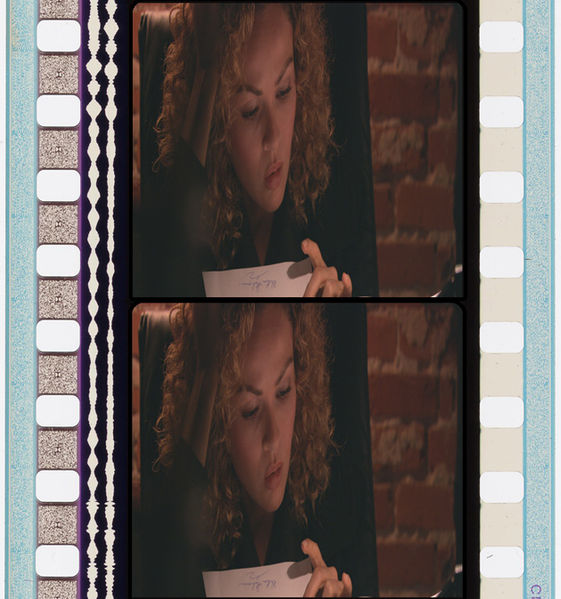AARP Eye Center
Should We Still Call Them 'Films'?
By Patrick Kiger, January 22, 2014 01:45 PM
Paramount has announced that it will become the first Hollywood studio to stop releasing movies on reels of old-fashioned film, a medium that's been around since the movie industry began some 120 years ago. Paramount's The Wolf of Wall Street is the first blockbuster to come out only in digital format.

>> Sign up for the AARP Health Newsletter
With movies on film about to go the way of the drive-in double feature, newsreels and free dish night, here are a few facts that help bid a fond farewell.
- In 1887, Hannibal Goodwin of Newark, N.J., an Episcopal minister who dabbled in chemistry in his attic laboratory, filed a patent for a flexible photographic film made from nitrocellulose (a.k.a. celluloid) that could be produced in rolls - a development that essentially made the modern motion picture possible. Goodwin's description of his invention was too vague, however, allowing George Eastman's chemist Henry Reichenbach to get away with patenting a markedly similar celluloid film that quickly became a success. A company that bought Goodwin's patent after his death successfully sued Eastman for infringement and collected $5 million (the equivalent of $116 million today).
- The 35-millimeter format, long the movie industry standard, was invented by Thomas Edison's associate, William Kennedy-Laurie Dickson, around 1892. Dickson also introduced perforations on either side of the film, enabling it to be threaded on sprocket wheels and run through Edison's Kinetoscope projector.
- Movie projectionists used to have an extremely dangerous job, theater veteran Lance Wolf recalled in a 2013 profile in the York Daily Record newspaper. Because film was highly flammable and could become overheated if stuck in the concentrated beam of a movie projector, steel doors on many projection booths protected patrons from fire and toxic fumes - but could be a death sentence for a projectionist who didn't flee in time. In the early 1950s, the flammable film was replaced with a safer version with an acetate base.
- Hollywood movies typically came in six to eight reels of film. Each reel lasted 20 minutes. Theaters typically had two projectors, which allowed the projectionist to switch seamlessly from reel to reel. If a theater had a single projector, the projectionist had to tape or glue the film from one reel to the next, Wolf explained.
- Hollywood studios often had to print as many as 3,000 copies of each new film they released. According to a 2012 L.A. Weekly article, that typically cost a studio about $140 million a year, plus another $75 million to ship the canisters of film to theaters.
Here's a clip from the 1971 film The Projectionist, with Rodney Dangerfield, in his screen debut, working with old-fashioned film.
Photo: Jay Holben via Wikipedia
>> Get travel discounts with your AARP Member Advantages.
Also of Interest
- Russell Johnson: The Professor on 'Gilligan's Island', Dies At Age 89
- Photos: Annette Funicello and Other Stars That Passed Away in 2013
- Get free assistance with tax-return preparation from Tax-Aide
- Join AARP: Savings, resources and news for your well-being
See the AARP home page for deals, savings tips, trivia and more























































